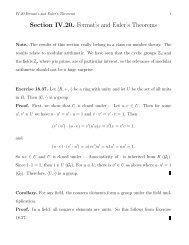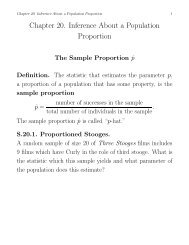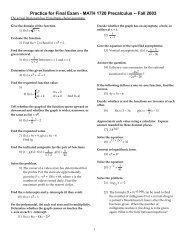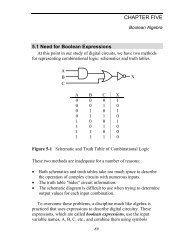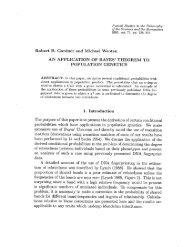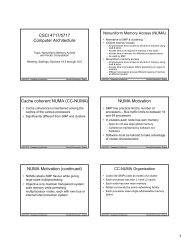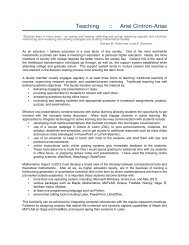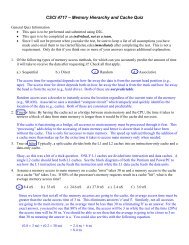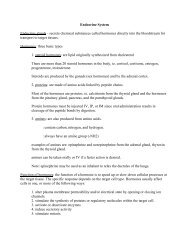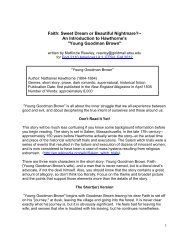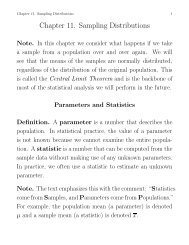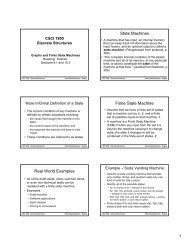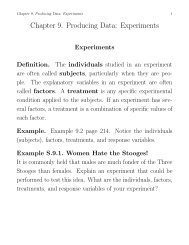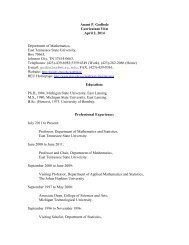View Passage - The Physics Classroom
View Passage - The Physics Classroom
View Passage - The Physics Classroom
You also want an ePaper? Increase the reach of your titles
YUMPU automatically turns print PDFs into web optimized ePapers that Google loves.
Questions:1. Based on Figure 1, what effect does the doubling of the speed of a car have upon thebraking distance?a. <strong>The</strong> braking distance is doubled.b. <strong>The</strong> braking distance is one-half the value.c. <strong>The</strong> braking distance is not affected by a doubling of speed.d. <strong>The</strong> braking distance is increased by more than a factor of two.2. What is the reaction distance of a Toyota Prius moving at 60.0 mi/hr on dry pavement anddriven by a driver with a 0.75-second reaction time?a. 16.8 meters b. 20.0 metersc. 40.0 meters d. 60.0 meters3. Based on Figure 1, at what car speed does the reaction distance of a car equal the brakingdistance of a car?a. 20.0 mi/hr b. 30.0 mi/hrc. 40.0 mi/hr d. 60.0 mi/hr4. A student is texting while driving a Toyota Prius at 50.0 mi/hr on dry pavement. As a result,the reaction time is 1.5 seconds. Use the data of Table 1 to predict the total stoppingdistance of the student’s car.a. Approximately 33.5 meters b. Approximately 45.0 metersc. Approximately 50.5 meters d. Approximately 61.7 meters5. Which of the following combinations of reaction time and car speed would lead to thegreatest stopping distance?a. Reaction time = 0.90 seconds; car speed = 30 mi/hr.b. Reaction time = 0.75 seconds; car speed = 40 mi/hr.c. Reaction time = 0.90 seconds; car speed = 50 mi/hr.d. Reaction time = 0.70 seconds; car speed = 80 mi/hr.



